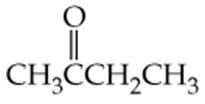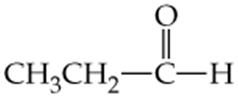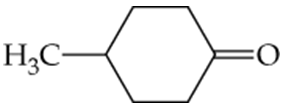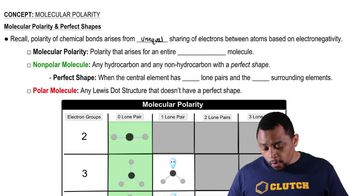Write the common name for each of the following:
b. <IMAGE>



 Verified step by step guidance
Verified step by step guidance Verified video answer for a similar problem:
Verified video answer for a similar problem:



 :39m
:39mMaster IUPAC Rules for Naming Ketones Concept 1 with a bite sized video explanation from Jules
Start learning